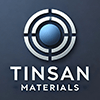Showing 493–504 of 674 results
-
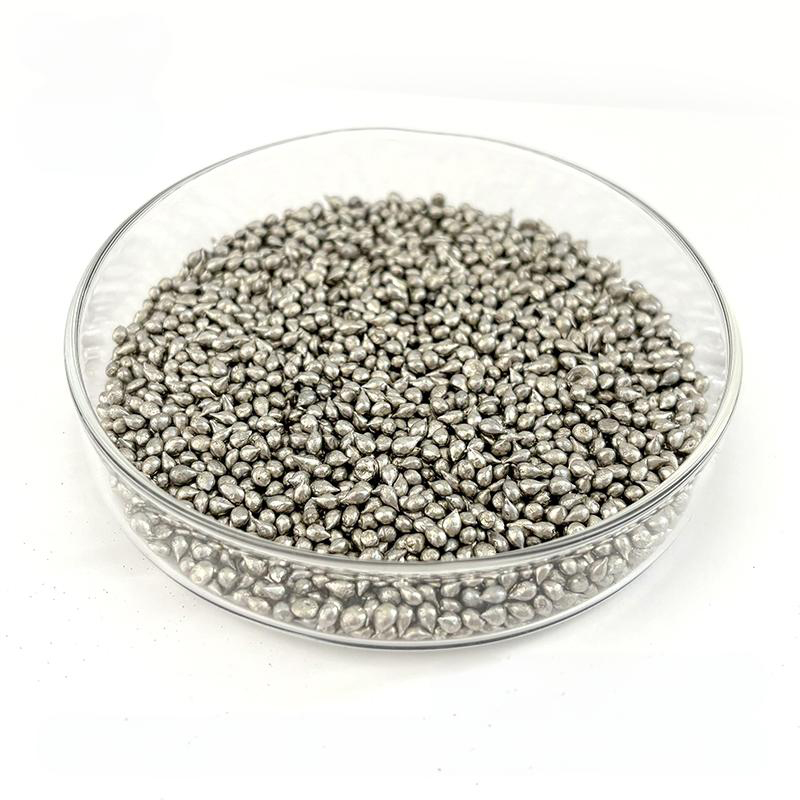
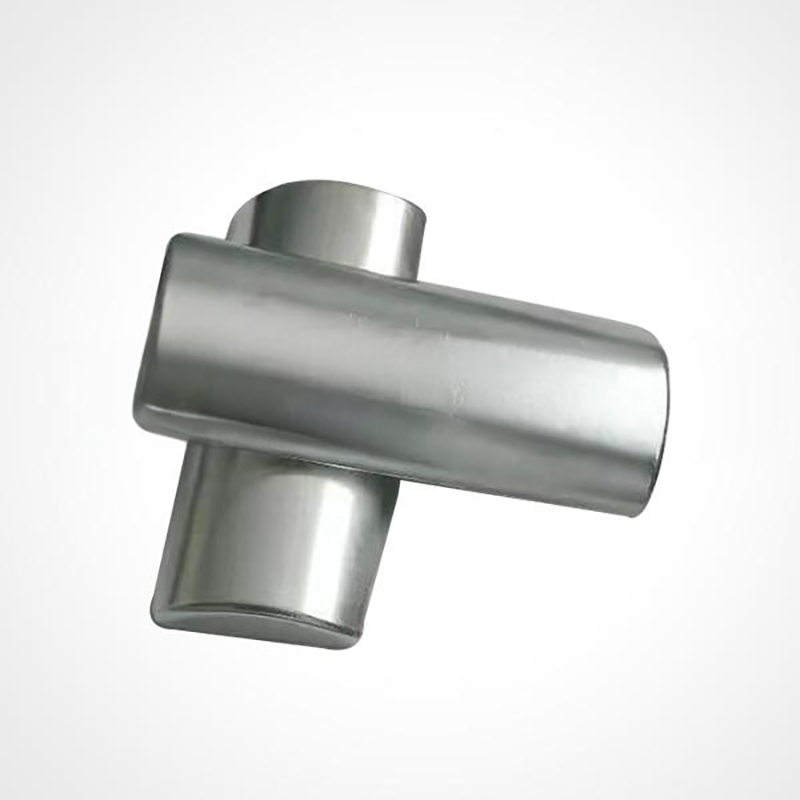
$10.00 – $1,258.00
- High Purity: Ensures consistent performance and reliability in sensitive applications.
- Excellent Electrical Conductivity: Provides effective electrical connections in electronic components.
- Corrosion Resistance: Offers protection against environmental factors, enhancing durability.
- Low Melting Point: Facilitates easy processing in soldering and thin-film applications.
- Non-toxic: Compared to other metals, tin presents a lower environmental impact, making it a safer choice in many applications.
-
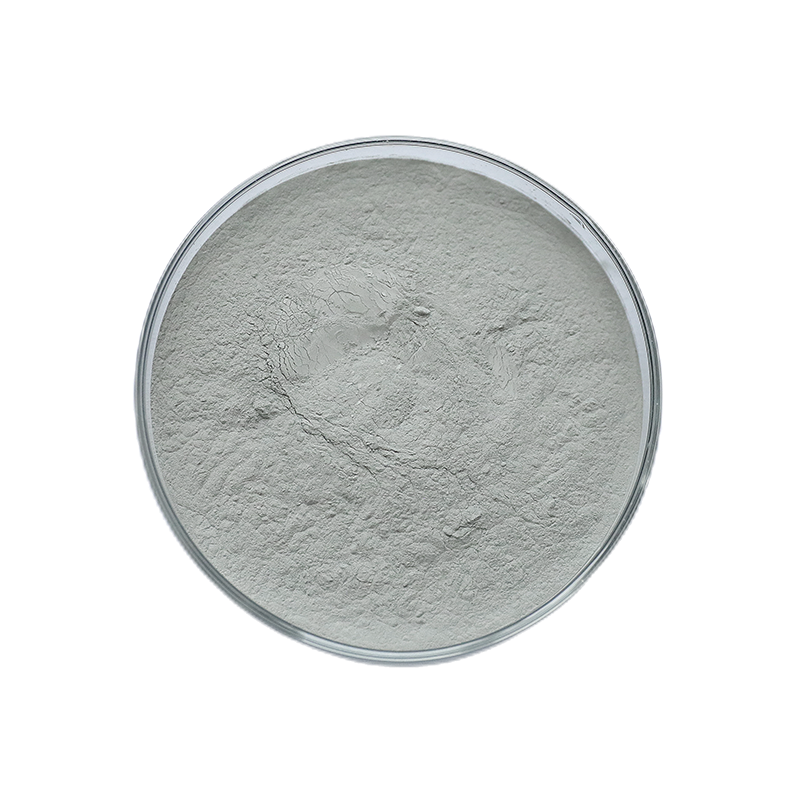
- High Purity: Tin powder with ≥99.9% purity ensures reliability in critical applications.
- Consistent Particle Size: Uniform particle distribution enhances process performance and product quality.
- Good Conductivity: Excellent electrical and thermal conductivity for electronic components.
- Low Melting Point: Easy to process, especially for soldering and coating applications.
- Corrosion Resistance: Stable performance in various environmental conditions.
- Customizable Specifications: Available in micron or nano-sized powders tailored to requirements.
-
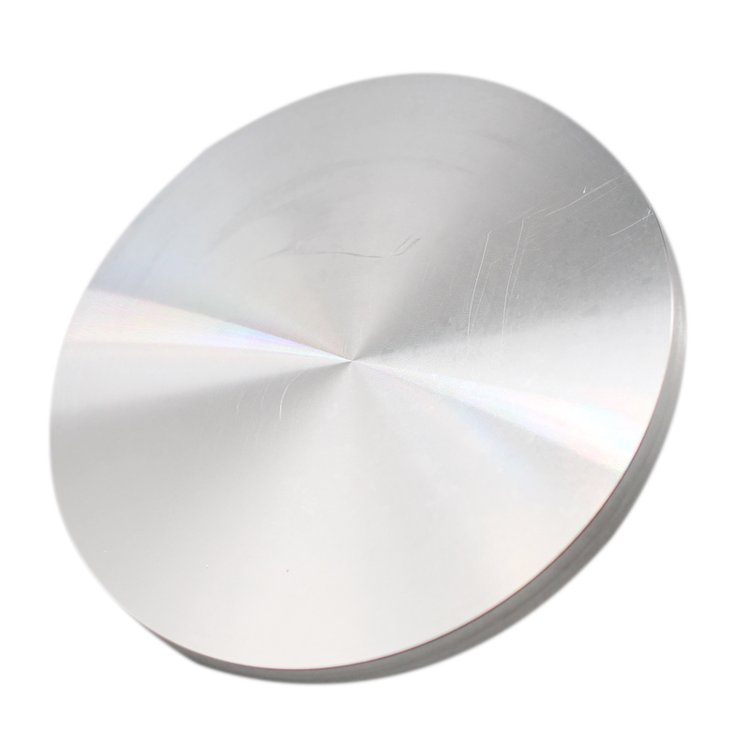
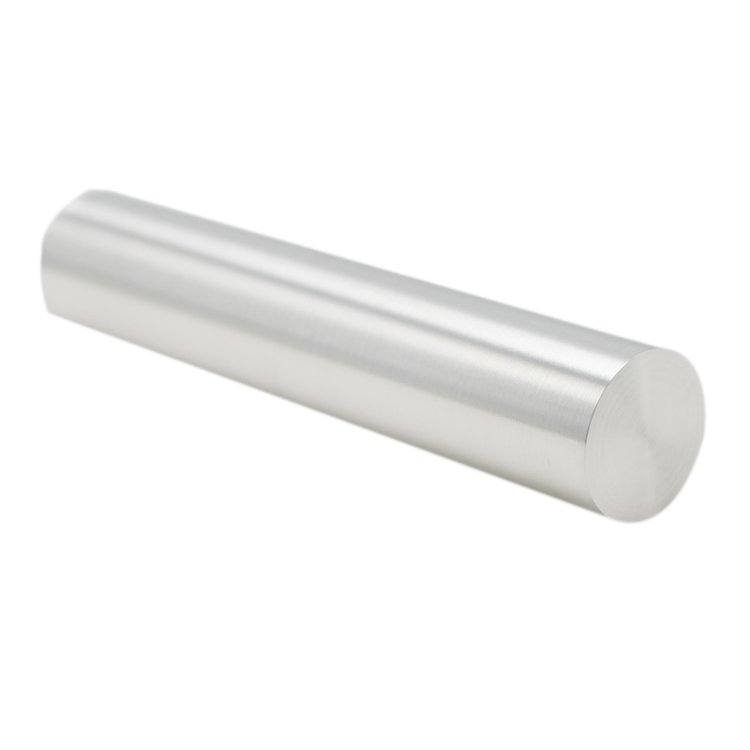
- High Purity: Typically available in purities of 99.9% (3N) to 99.9999% (6N), ensuring high-quality deposition with minimal impurities.
- Good Conductivity: Tin is an excellent conductor of electricity, making it ideal for electronic and semiconductor applications.
- Corrosion Resistance: Exhibits resistance to oxidation and corrosion, ensuring durable and stable coatings.
- Low Melting Point: Tin has a relatively low melting point (232°C), facilitating efficient sputtering processes.
- Versatility: Suitable for creating uniform films in a range of applications, including electronic, decorative, and optical coatings.
-
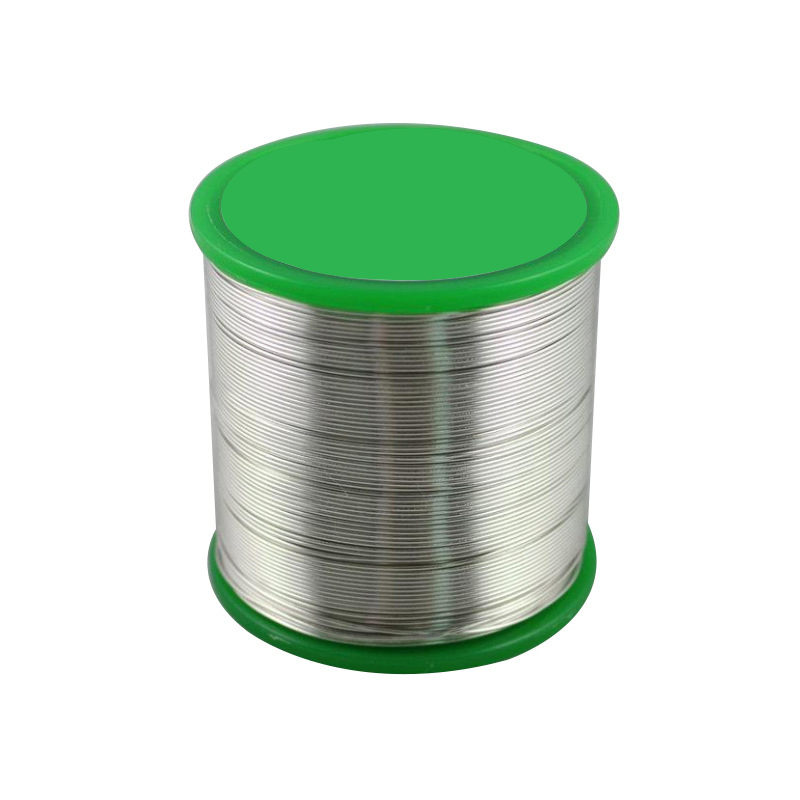
- Low Melting Point: Tin wire has a relatively low melting point (232°C), making it ideal for soldering applications where a soft, low-temperature process is required.
- Excellent Solderability: Due to its low melting point and excellent flow characteristics, tin wire is widely used in electronic soldering, creating strong, reliable joints.
- Corrosion Resistance: Tin wire is highly resistant to corrosion and oxidation, especially in humid or saline environments, ensuring longevity and performance.
- Non-toxic: Unlike lead-based solders, tin wire is non-toxic, making it an environmentally friendly and safe alternative for various applications, especially in food and medical devices.
- Malleability and Ductility: Tin wire is relatively soft and ductile, which allows it to be easily shaped and manipulated without cracking or breaking.
- Conductivity: While not as conductive as copper or silver, tin still offers sufficient electrical conductivity for most standard applications.
- Customizability: Tin wire can be customized in different diameters, grades of purity, and surface finishes to suit specific requirements.
-
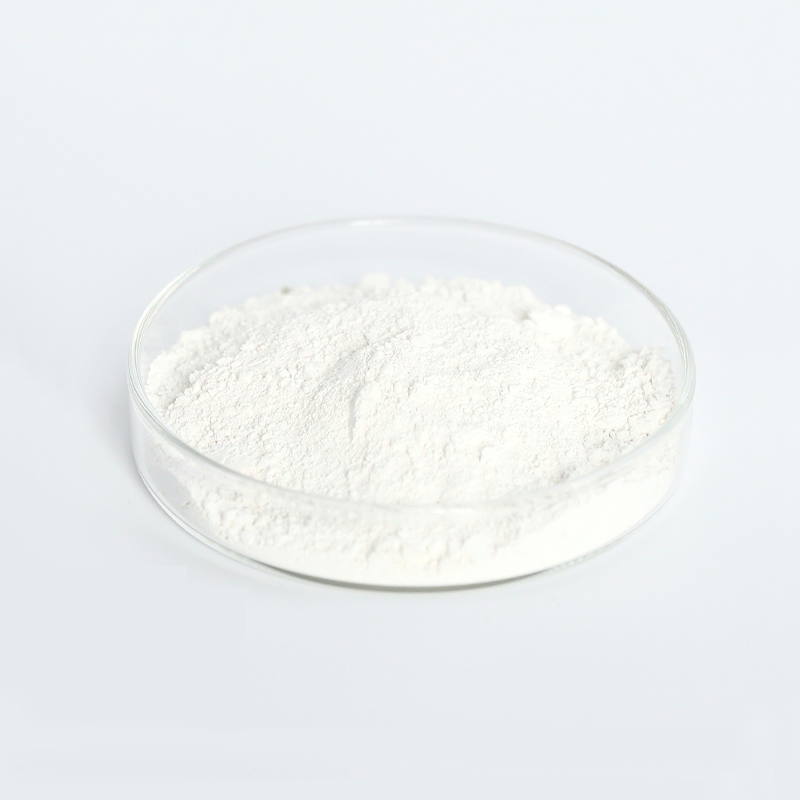
- High Purity: SnO₂ powder with ≥99.9% purity ensures optimal performance.
- Good Conductivity: Excellent electrical properties for semiconducting and sensor applications.
- Optical Transparency: Ideal for transparent coatings and conductive films.
- Chemical Stability: High resistance to corrosion and chemical degradation.
- Customizable Specifications: Available in nano and micron-sized powders for diverse applications.
- Environmental Safety: Eco-friendly material with broad industrial use.
-
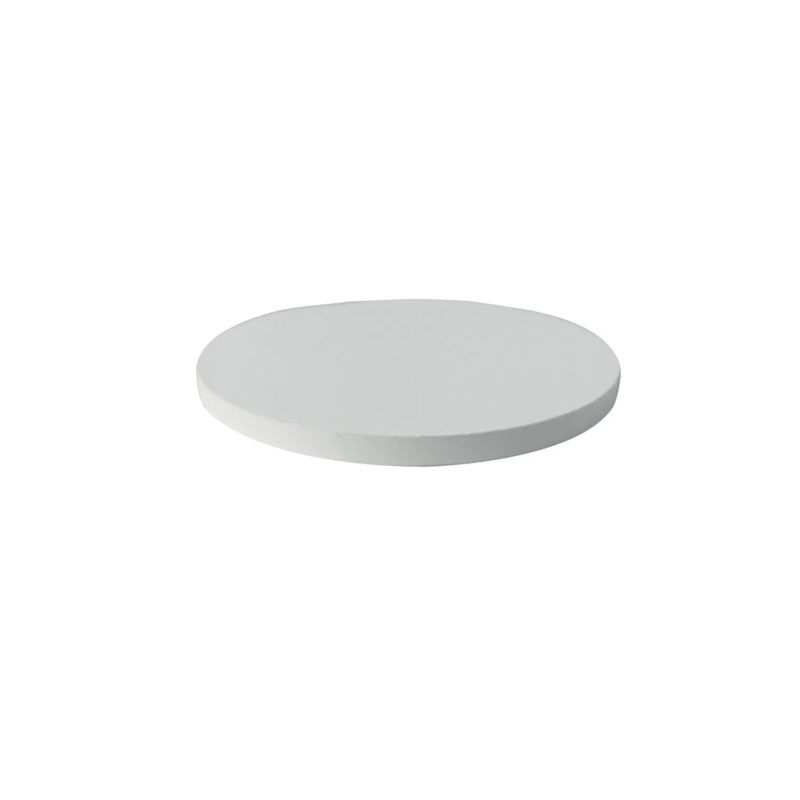
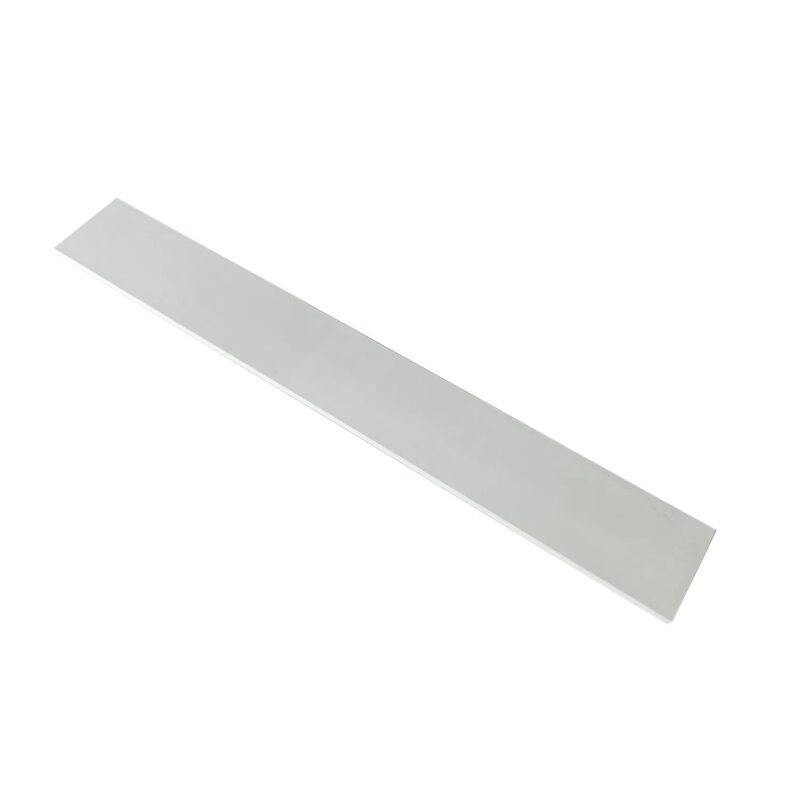
- High Transparency: SnO2 films are highly transparent in the visible light spectrum, making them suitable for optoelectronic applications like transparent conductive films.
- Good Conductivity: Despite its transparency, SnO2 has good electrical conductivity, essential for its role in electrodes and gas sensors.
- Wide Bandgap: SnO2 is a wide-bandgap semiconductor, giving it excellent performance in high-temperature environments and under high-voltage conditions.
- Chemical Stability: Tin oxide is chemically stable, ensuring that films remain durable and resistant to corrosion in various conditions.
-
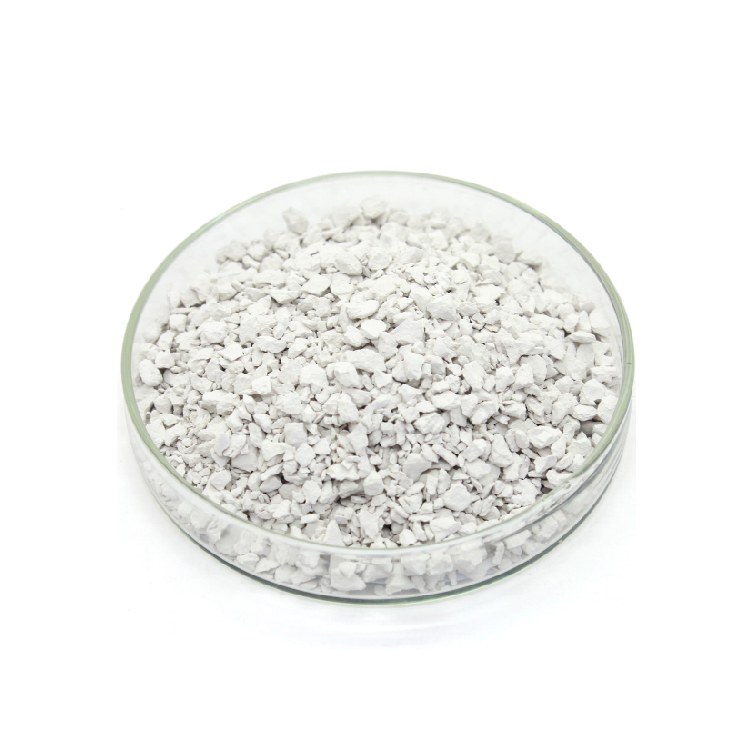
- High Purity: SnO2 pellets are typically offered with a purity of 99.9% or higher, ensuring excellent quality and performance in thin-film deposition.
- Optical Transparency: SnO2 exhibits good transparency in the visible light spectrum, making it suitable for applications requiring optical clarity, such as in displays and solar cells.
- Electrical Conductivity: SnO2 films can exhibit both transparency and electrical conductivity, which is essential for applications like transparent conductive oxides (TCOs).
- Durable and Corrosion Resistant: SnO2 films are highly resistant to wear, corrosion, and environmental degradation, providing a protective barrier in coatings.
- Strong Adhesion: SnO2 coatings adhere well to a variety of substrates, which ensures durability and stability in deposited films.
-
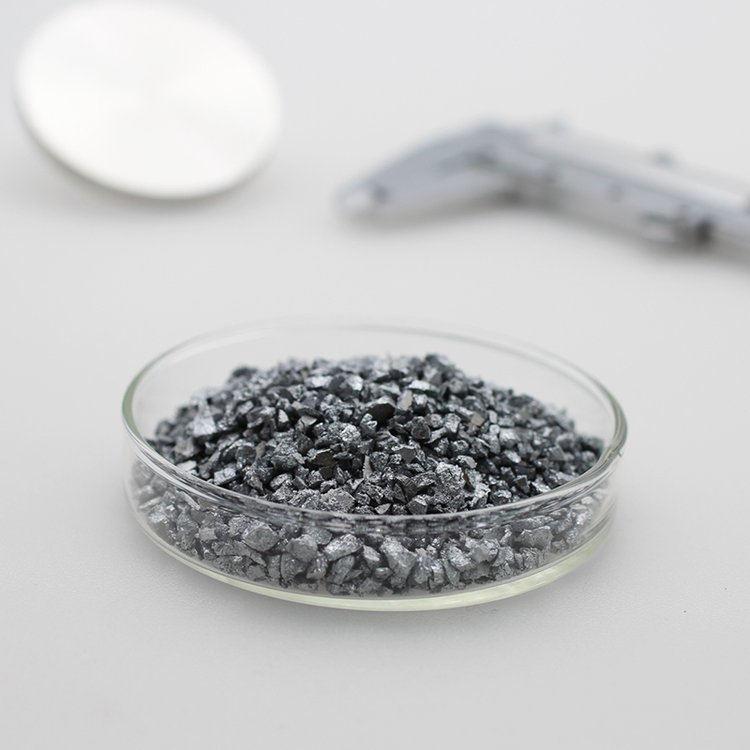
- High purity (≥99.99%).
- Outstanding semiconducting properties with a direct bandgap.
- Suitable for thin-film deposition methods like PVD and CVD.
- Excellent stability under high-temperature and chemical conditions.
- Customizable sizes and packaging options available.
-
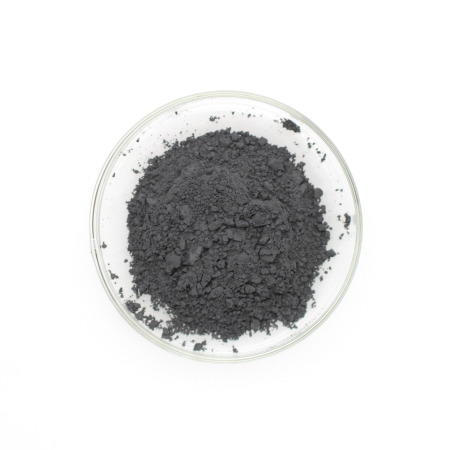
- High Purity: SnS with ≥99.9% purity ensures consistent performance.
- Semiconducting Properties: Excellent electronic and optoelectronic behavior.
- Environmentally Friendly: Non-toxic and abundant material suitable for green energy applications.
- Versatility: Applicable across photovoltaics, electronics, and coatings.
- Customizable: Available in various particle sizes to suit different applications.
- Thermal Stability: Performs well in high-temperature environments.
-
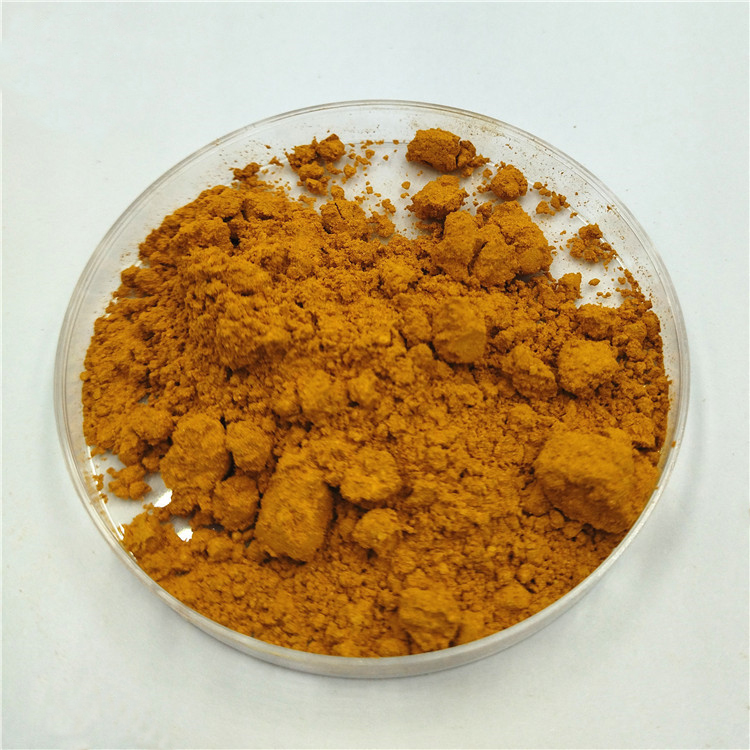
- High purity (≥99.99%).
- Semiconductor material with strong optical and electronic properties.
- Excellent performance in thin-film deposition techniques like PVD and CVD.
- Stable under high-temperature and chemical conditions.
- Custom sizes and packaging available.
-

- High Purity: Tin Disulfide with purity levels of ≥99.9% ensures superior performance.
- Layered Structure: Exhibits unique 2D properties ideal for electronic and optoelectronic applications.
- Excellent Lubrication: Low friction coefficient makes it suitable as a solid lubricant.
- Chemical Stability: Resists chemical degradation, enabling long-lasting performance.
- Versatility: Useful across electronics, optics, and energy applications.
- Customizable Options: Available in nano or micron particle sizes for specific uses.
-

- Semiconductor Properties: SnS₂ has a direct bandgap, making it suitable for absorbing light and generating charge carriers, ideal for photovoltaic and optoelectronic applications.
- High Absorption Coefficient: SnS₂ thin films exhibit high optical absorption, making them effective in solar energy harvesting applications.
- Environmentally Friendly: Tin and sulfur are abundant and non-toxic elements, making SnS₂ a more environmentally benign material compared to some other semiconductor compounds.
- Layered Structure: The layered crystal structure of SnS₂ allows for good ion intercalation in energy storage devices and provides opportunities for 2D material applications.
